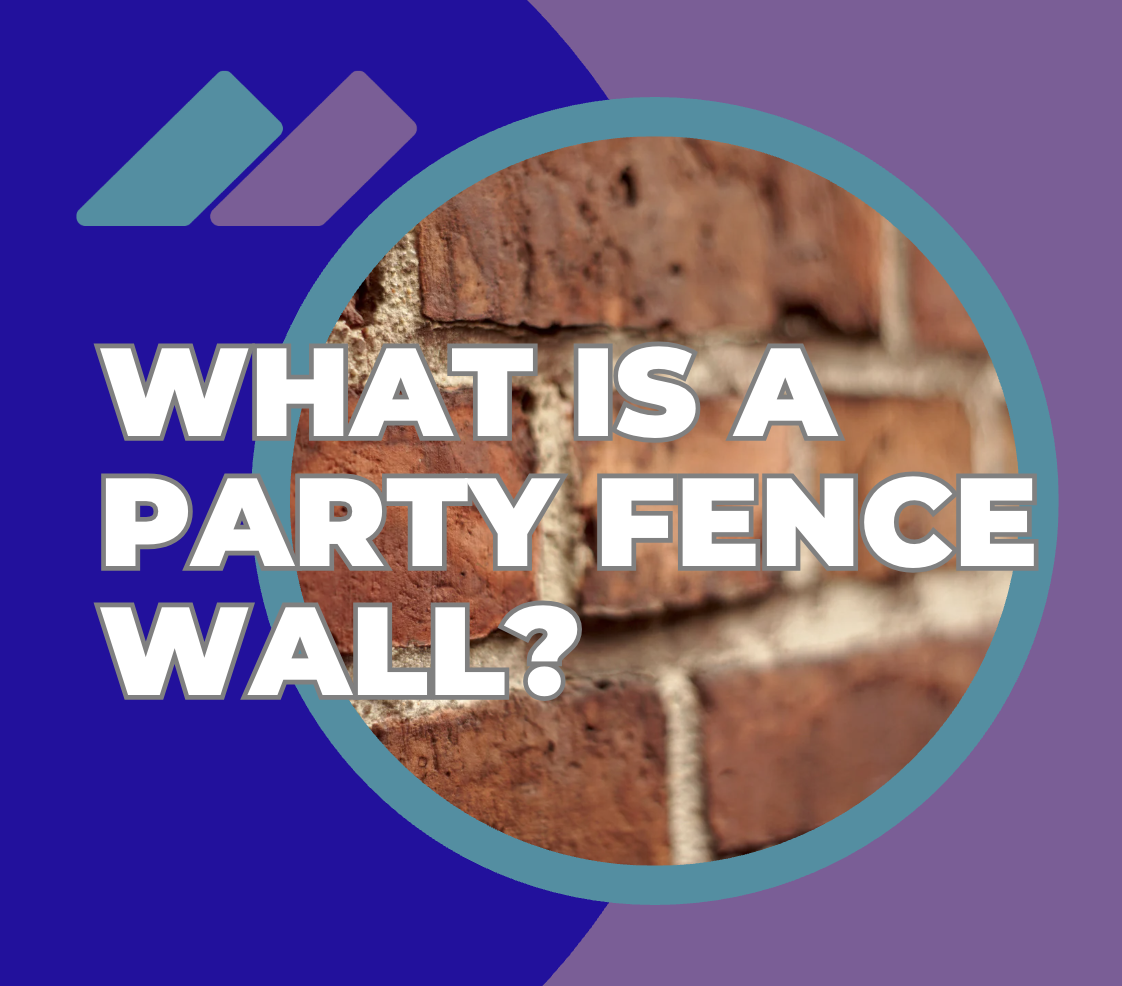A party fence wall is defined by Section 20 of the Party Wall etc. Act 1996, which deals with interpretation, as follows:
“Party fence wall” means a wall (not being part of a building) which stands on land belonging to different owners and is used or constructed to be used for separating such adjoining land, but does not include a wall constructed on the land of one owner, the artificially formed support of which projects into the land of another owner.
In simple terms, it is a garden wall that is shared between two or more owners. As ownership is shared, both parties have rights and responsibilities under the Act in relation to the wall.
One of the most common rights that one owner may exercise over the wall is the right to demolish and rebuild it. This usually arises when one owner is planning to construct a rear or side extension, with the demolished party fence wall forming the flank wall of that extension and subsequently becoming a party wall.
Another common right, often unknown to many owners, is that one owner can require the other to contribute to the cost of repairing or rebuilding the party fence wall if it has fallen into disrepair or is dilapidated.
The wording of the Act ensures that one owner cannot place the full cost of repair or rebuilding the wall on the other owner unless it is a shared obligation.
For one owner to exercise either of these rights, Party Wall Notice will need to be served.
What About Fences?
Any type of fence, whether timber, concrete, blockwork, metal, mesh, or wire, is not covered by the Party Wall Act. Instead, these matters are usually governed by the property title plans or deeds.
If you are planning to carry out work to a fence, be sure to have a boundary surveyor or solicitor carefully check the Land Registry title deed and plan to see whether there are any “I” or “T” marks, which indicate boundary ownership or maintenance responsibility.
It is also important to check the wording of the title deed to confirm whether it makes any reference to boundary ownership or maintenance liability.
It is worth noting that it is not uncommon for boundary ownership or maintenance obligations to be omitted from the title plan and deed. If this is the case, the matter will likely need to be resolved through discussion between neighbours.
Be sure to have these conversations, as in our experience, issues involving existing fences are one of the leading causes of boundary disputes.




